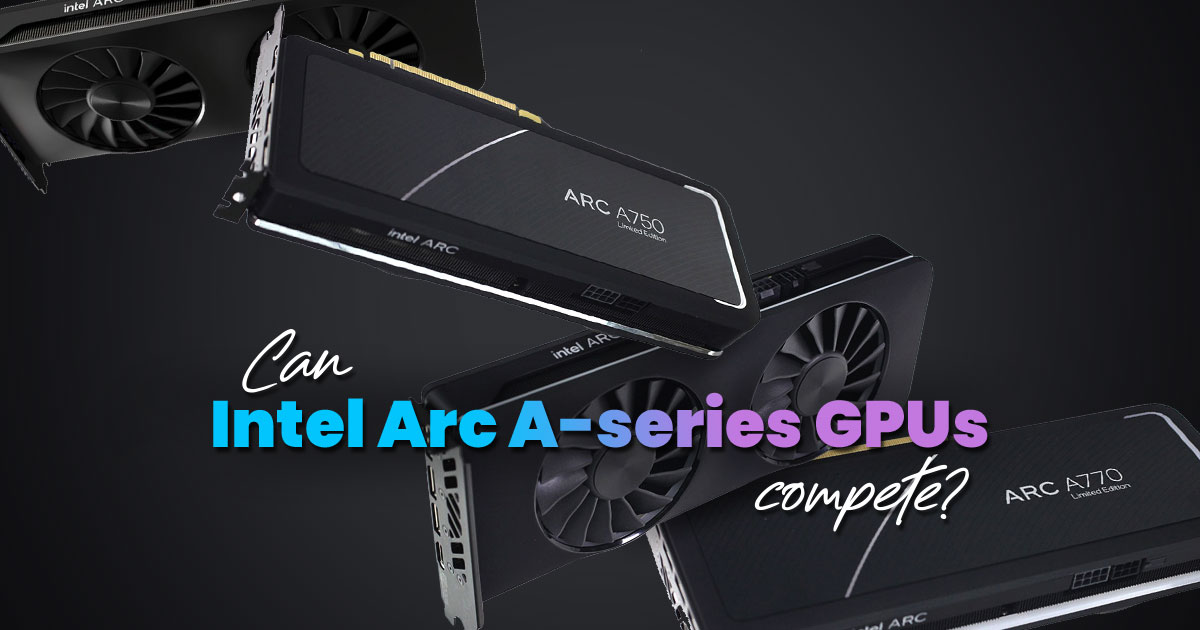
For the longest time, the discrete graphics card market has been dominated by a single company - Nvidia. Of course, AMD has been working hard to compete. But years went on, and it has yet to shake Nvidia's nigh-monopoly. Now, a new player is set to enter the game.
Recently, Intel launched its Arc A750 and Arc 770 GPUs. The company claimed that its new cards provide far better performance per dollar. It's hard to take this claim at face value, but we'll get to that later. What we want to know is: Can the Intel Arc series GPUs be the new blood that the GPU market needs?
Nvidia dominance is bad for consumers
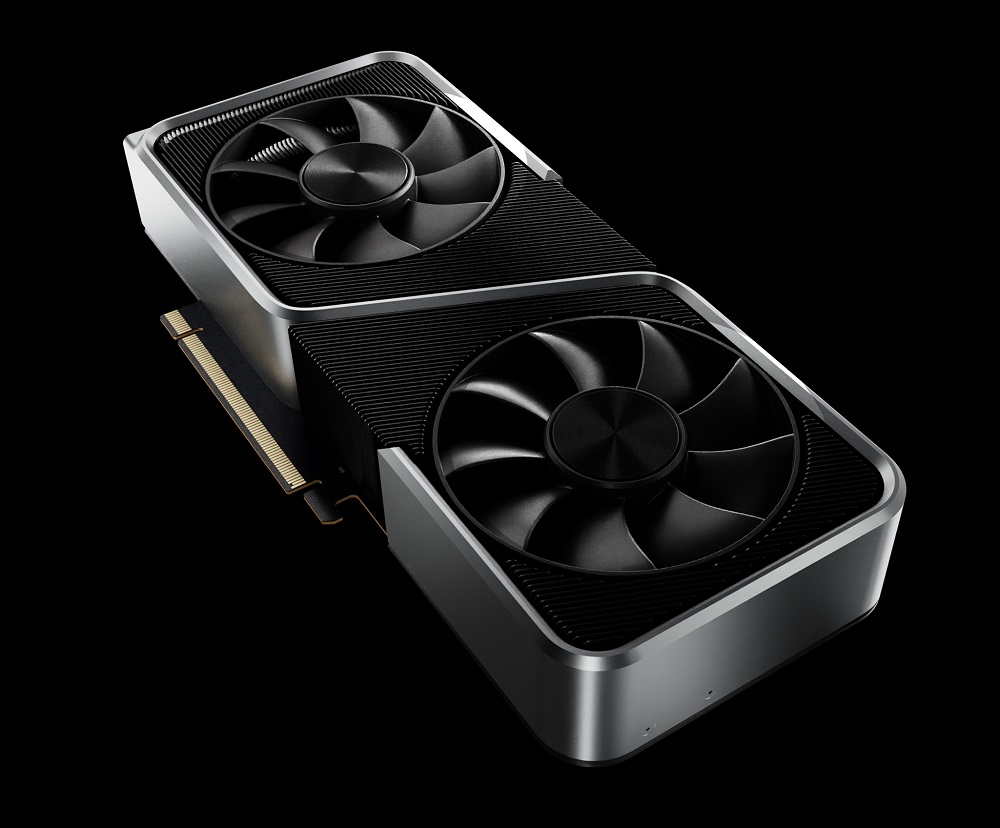
The Intel Arc GPUs are positioned against the RTX 3060
Before I go on, here's some context. Let's look at some numbers because numbers don't lie (unless you got them wrong, lol). According to Jon Peddie Research, Nvidia's discrete GPU market share was a whopping 75% in Q1 2022. That means almost 8 out of 10 PCs with a discrete GPU are equipped with an Nvidia graphics card!
For most consumers, this kind of market dominance is often bad news. It's supply-and-demand 101; people want Nvidia GPUs, so Nvidia can dictate prices and control supplies. Within the last decade, Nvidia GPU prices have continued to rise. The supply shortage resulting from the COVID-19 pandemic and the crypto-mining boom in recent years only worsened the situation.
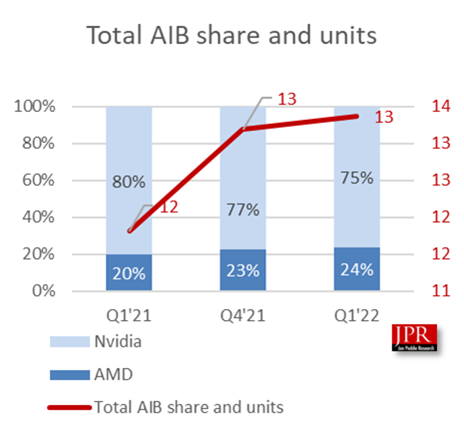
Most PC gamers are using Nvidia GPUs
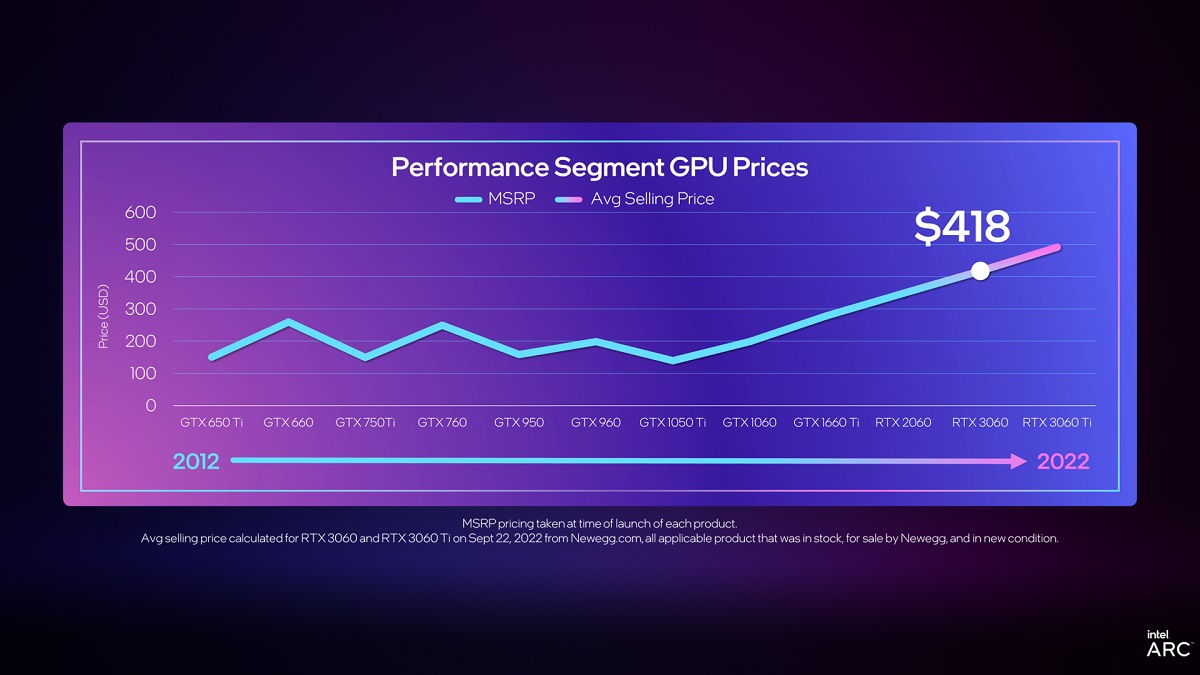
Market prices for the RTX 3060 are still pretty high
Although the situation is improving, you'll still find the mid-range RTX 3060 GPU going for prices ranging from RM1600 to 1900. The RTX 3080 is even pricier, with prices easily over RM3000. And don't expect prices to go back down once things settle.
During Nvidia's launch of its RTX 40-series GPUs, Nvidia's CEO Jensen Huang claimed that "Moore's Law is dead. The idea that the chip is going to go down in price is a story of the past." He cited rising manufacturing costs and the slowdown in performance increase as the main reasons for increasing GPU prices. Suffice it to say, we can expect these high prices to remain.
Intel Arc A-series, the new blood?
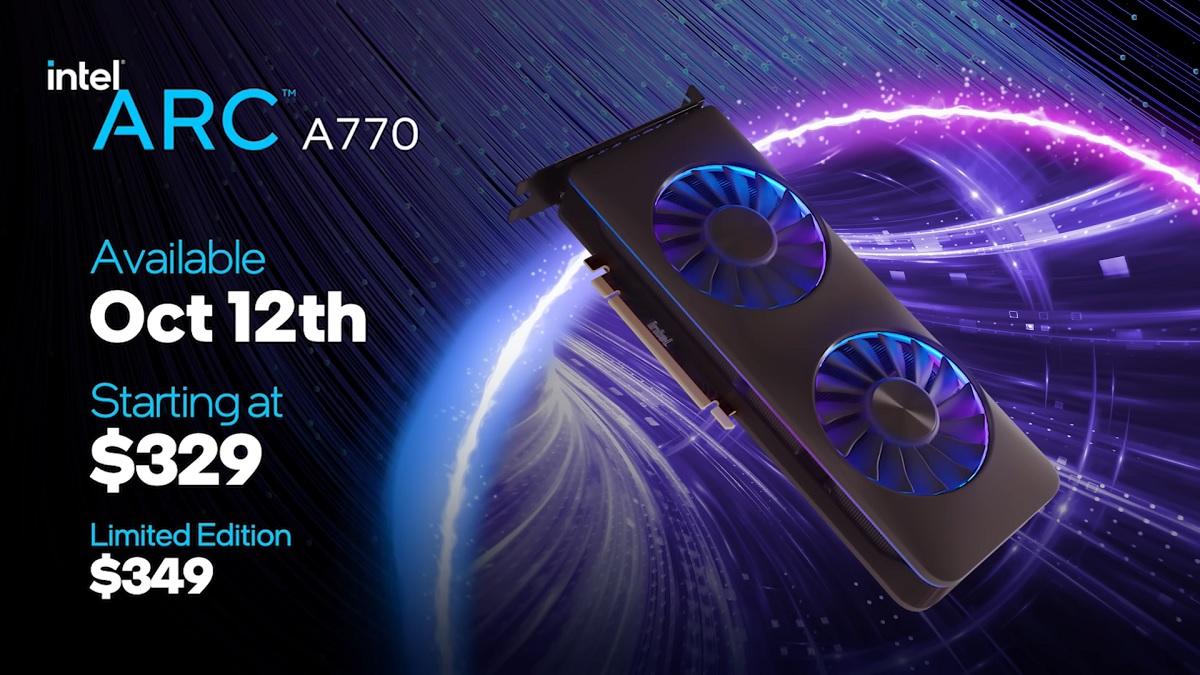
But enough about Nvidia! Let's talk about Intel and its new Arc A-series GPUs. While Intel has never been a real player in discrete GPUs, it has always been the biggest in integrated GPUs. Data shows that Intel has the majority (60%) of the overall GPU market share, which is a lot. This is thanks to its integrated GPUs in Intel laptops. And as you know, most laptops come with Intel CPUs integrated GPUs like Intel Iris Xe and Iris Plus.
Of course, the discrete GPU market is a different ball game. But it's a game Intel now has a stake in, thanks to its Arc A750 and Arc A770 GPUs. Many of you might be wondering, "can they compete?" Intel seems to think they can, at least with an overclocked mid-range Nvidia GeForce RTX 3060.
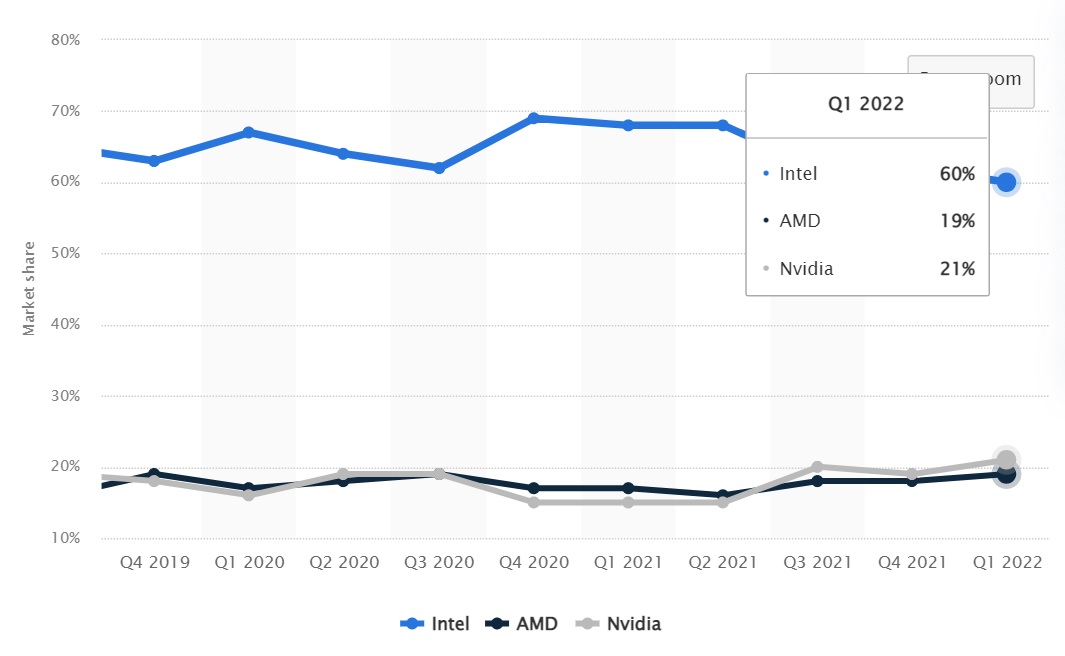
Intel has most of the global integrated GPU market share
In the Intel reveal, a series of benchmark charts provided a decent picture of what we could expect. The two Intel GPUs performed slightly better than the RTX 3060 in many modern games but also worse in some. It was pointed out that the differences could be whether the games were running with DirectX 11, DirectX 12, or Vulcan. Based on the charts, the Intel cards generally performed worse in DirectX 11 mode.
So, the Intel Arc GPUs don't blow the RTX 3060 out of the park. But they could provide better performance per dollar, making them good options for gamers looking to build mid-range gaming rigs. That's a good target market since most PC gamers play games in 1080p or 1440p. The RTX 3060 has been the GPU king of this segment since its launch, but in my opinion, its current price could result in gamers going for these new Intel cards.
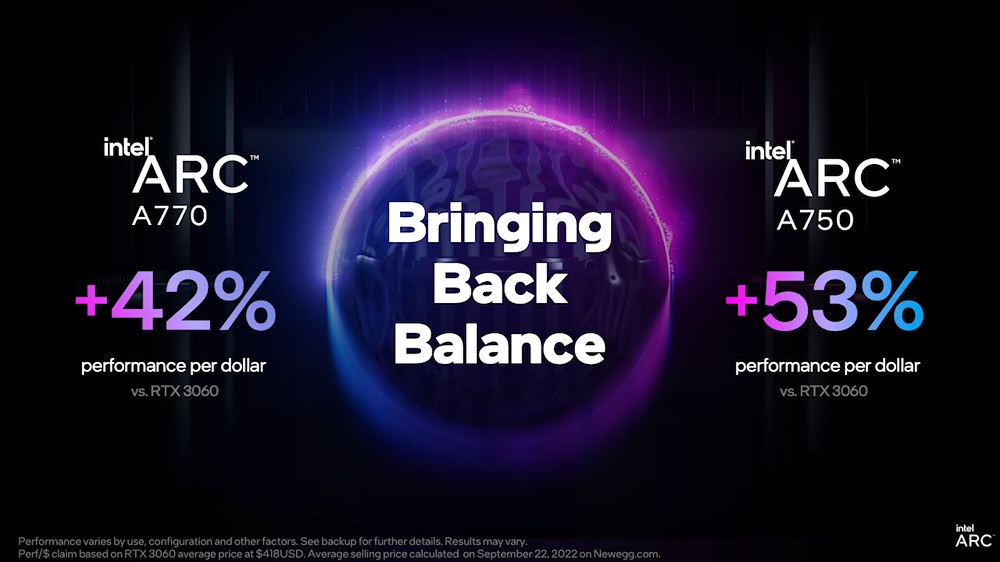
Intel claims that its GPUs will offer better value
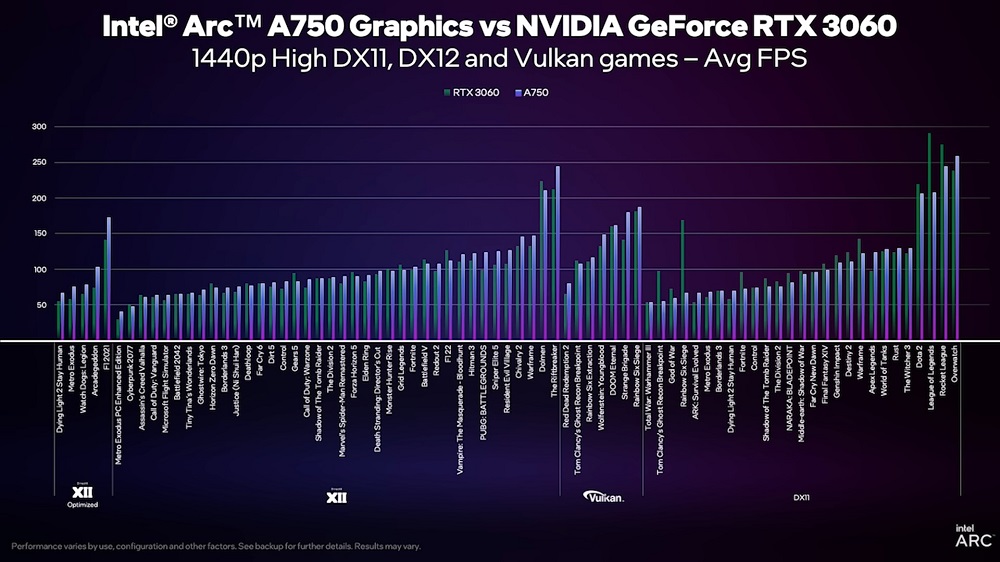
But they're not that great with games in DX11 mode yet
For your info, the suggested retail prices for the Arc A750 and Arc A770 are USD289 (~RM1344) and USD329 (~RM1530), respectively. If Intel can guarantee retail models at these launch prices, Intel could sway some gamers who aren't diehard Nvidia fans. After all, if you can save a few hundred Ringgit, why not?
Not completely there yet
Having said that, there are a few things to consider. First, the RTX 3060 is a card from earlier 2021, so the comparison doesn't sound all that convincing. You're competing with an almost 2-year-old card! Plus, gamers could get a second-hand card from people upgrading to the GeForce RTX 40-series. That's assuming you're not worried about getting a banged-up crypto-mining card, of course.
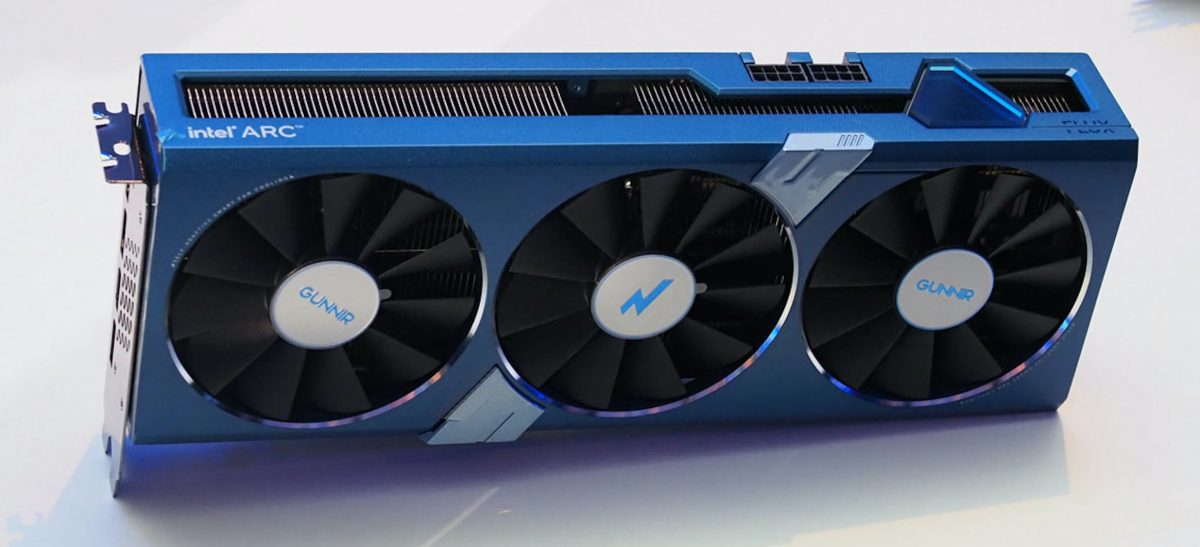
Expect prices to be marked up through board partners (image from Cool3c)
On Intel's side, there's no guarantee that the Arc GPUs would launch at the exact prices Intel has quoted. While Intel has factories for its CPUs, it was already confirmed that there will be board partners. And when they sell the GPUs through board partners, you can be sure that the prices will be marked up.
Lastly, there's the issue of GPU drivers to consider. The benchmark charts show that the Arc GPUs work well enough with Intel CPUs, but what about AMD CPUs? Whether Intel likes it or not, AMD is a strong competitor in the CPU space these days. As such, the drivers need to be optimised for games to run well on AMD CPUs.
Wrapping up
Overall, I'd say Intel needs to work these out before it can claim that its new GPUs truly offer better performance per dollar. But if they could deliver, I won't mind grabbing an Intel Arc A770 myself for my next gaming PC. Who knows? It might end up being a way better deal than I expected.
How about you? Let us know what you think in the comments, and stay tuned to TechNave for more articles like this.






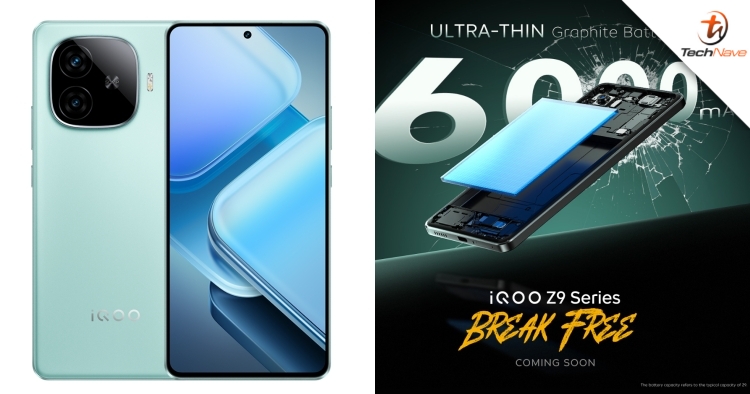




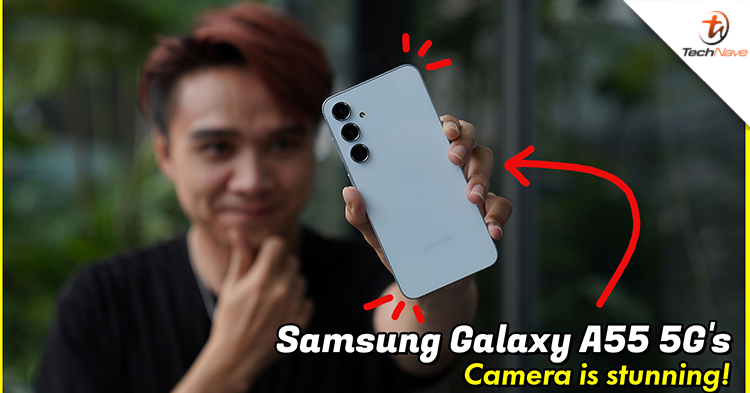


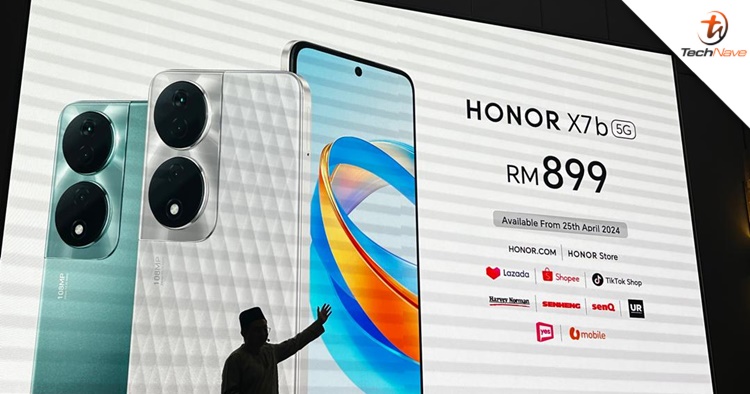
COMMENTS